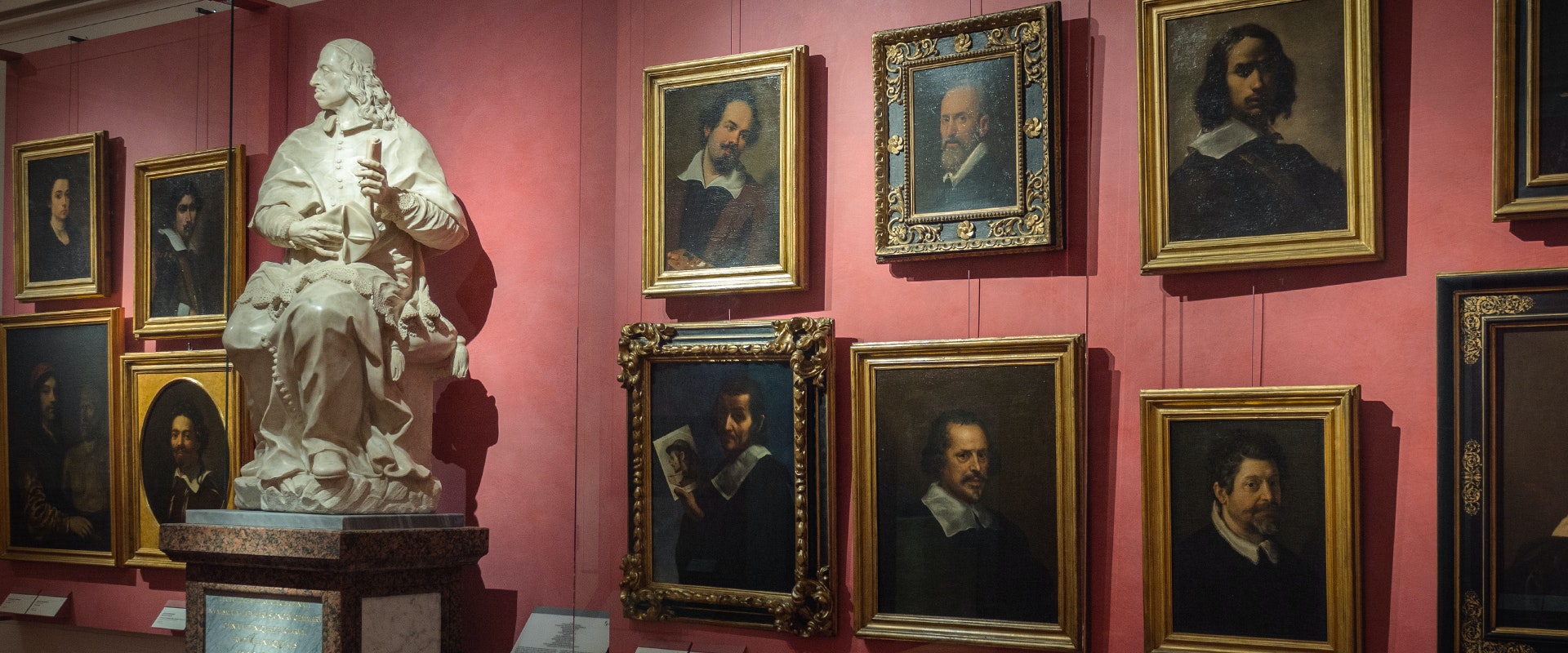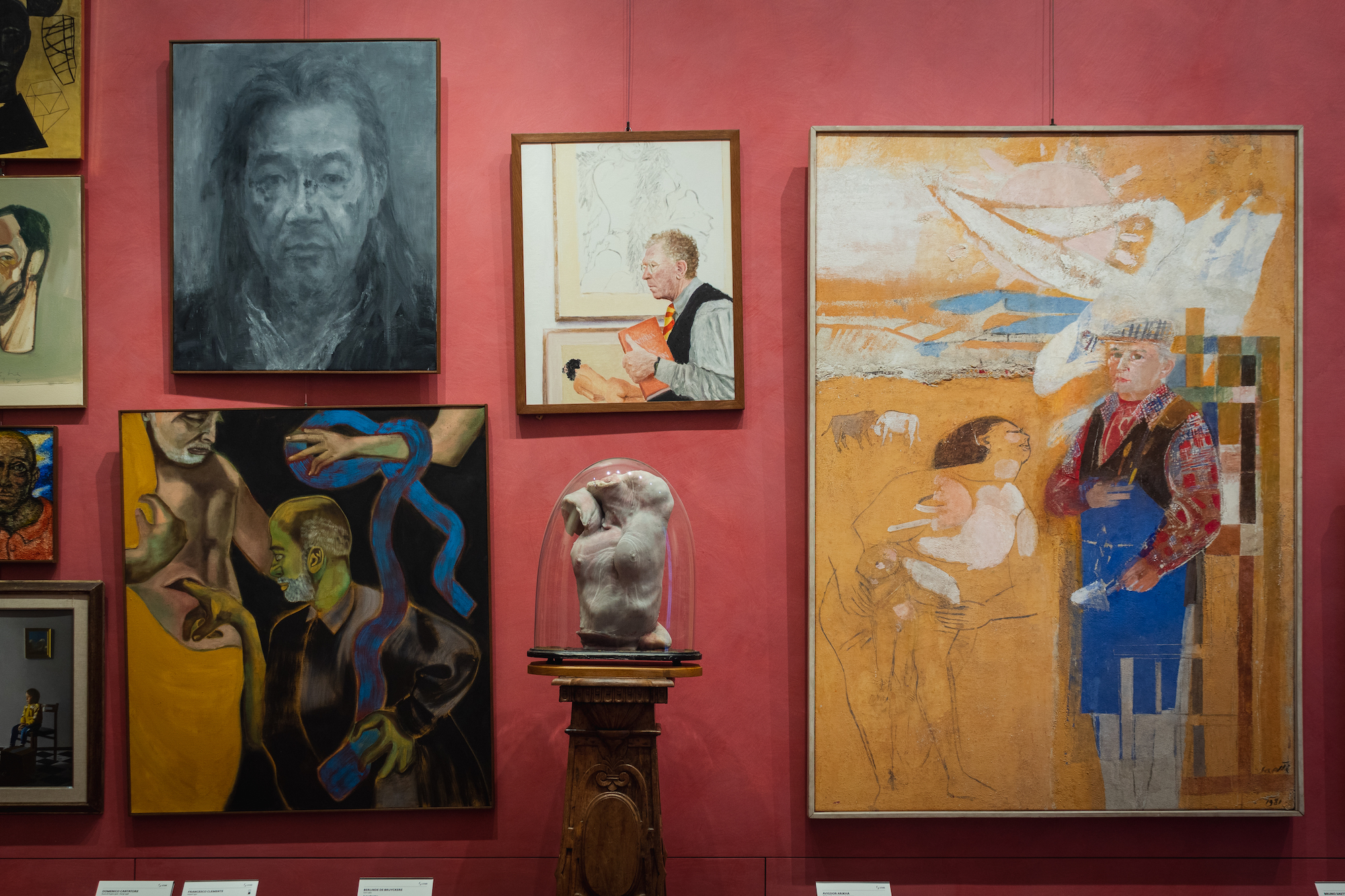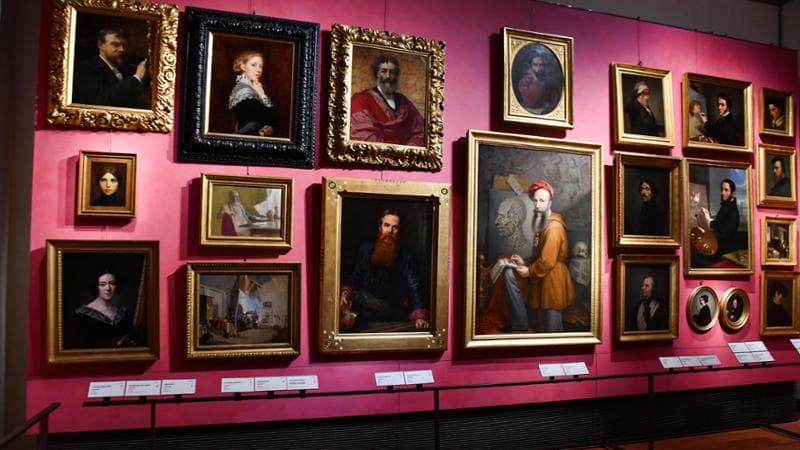
If you think art can dialogue with modern social trends, you are in the right place.
Today I want to tell you about an Uffizi initiative halfway between history and artistic innovation, where the art of the past meets contemporary trends. The Uffizi Museum in Florence, a true cultural gem, is experiencing a renaissance thanks to the perfect combination of tradition and modernity. This article, focusing on the “Uffizi Self-Portraits”, explores how this iconic museum is rewriting the rules of art exhibition.
FROM UFFIZI SELF-PORTRAITS TO SELFIES

Recently, the Uffizi management made a revolutionary decision: to create a space dedicated exclusively to the vast collection of self-portraits. This collection, comprising more than two thousand works including paintings, drawings and sculptures, is now exhibited in 12 rooms, in a chronological order that allows us to reflect on the meaning of the self-portrait through the centuries, drawing an intriguing parallel with modern selfies.
NEW WORKS AND A HIDDEN GEM
Not only does the Uffizi exhibit the already rich collection of self-portraits, but it is also enriched by 25 new works, the result of returns from international exhibitions and generous donations. These include works by masters such as Raphael, Bernini, Velazquez, Rubens, Chagall, Guttuso, Morandi and Yayoi Kusama.
These new pieces fit perfectly into the existing collection, enriching it with contemporary nuances.
One hidden gem is the work of Camilla Guerrieri from Fossombrone, often referred to as the Caravaggio of the Marche. An artist who was influenced both by the works of Michelangelo Merisi but, in some respects, also comparable to Artemisia Gentileschi, yet still little known and now re-emerging from oblivion.
HISTORY OF THE SELF-PORTRAIT IN 12 ROOMS
The Uffizi in Florence, custodians of one of the richest and oldest collections of self-portraits in the world, inaugurate these twelve new rooms dedicated to artists’ self-portraits and portraits, which offer a survey from the 15th century to the 21st century, including video artists and cartoonists. This collection, started in the 17th century by Cardinal Leopoldo de’ Medici and never discontinued, is considered the largest and most significant in the world, with about 2000 works including paintings, sculptures and drawings.
The collection starts with 15th-century portraits by Gaddo, Agnolo and Taddeo Gaddi, and ends with contemporary works such as Antony Gormley’s sculpture, Michelangelo Pistoletto’s self-portrait on mirror and Ai Weiwei’s work in plastic bricks. There are also works by Andrea del Sarto, Federico Barocci, Luca Giordano, Rubens, Rembrandt, De Mura, Solimena, as well as modern artists such as Francesco Hayez, Eugène Delacroix, Arnold Böcklin, and many others.
For the first time in over a century, the self-portraits are exhibited within the Uffizi’s normal visitor route. Previously located in the Vasari Corridor, many works have undergone major restoration and can now be admired in all their beauty. Among them, Rubens’ and Rembrandt’s self-portraits stand out.
This new exhibition not only presents the self-portraits in chronological order, but also enriches them with thematic and figurative digressions. The visitor can observe the artists in different contexts: with their families, showing their works, leaning out of a window or portrayed on an easel. This novel narrative offers a more complete and lively view of the art of portraiture.
To enhance the vast collection, the Uffizi will follow the principle of exhibition rotation, especially for living artists.
A temporary section is dedicated to comic artists, the result of the collaboration with the ‘Comics in Museums’ project and Lucca Comics & Games. On display in these rooms are self-portraits of Italian and international masters of comics, such as Milo Manara, Lorenzo Mattotti, Altan and Will Eisner.

Art has the unique power to unite past and present, and the Uffizi masterfully demonstrates this.
This museum is not just a place to admire the great masterpieces of art, but the point where history meets the present, where the classics dialogue with modern trends, where each visitor can discover his or her own personal connection with art.
To visit the Uffizi is to be inspired by the magic of self-portraits that tell stories of past eras, speaking directly to our present.

